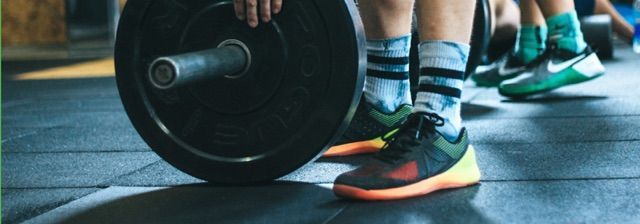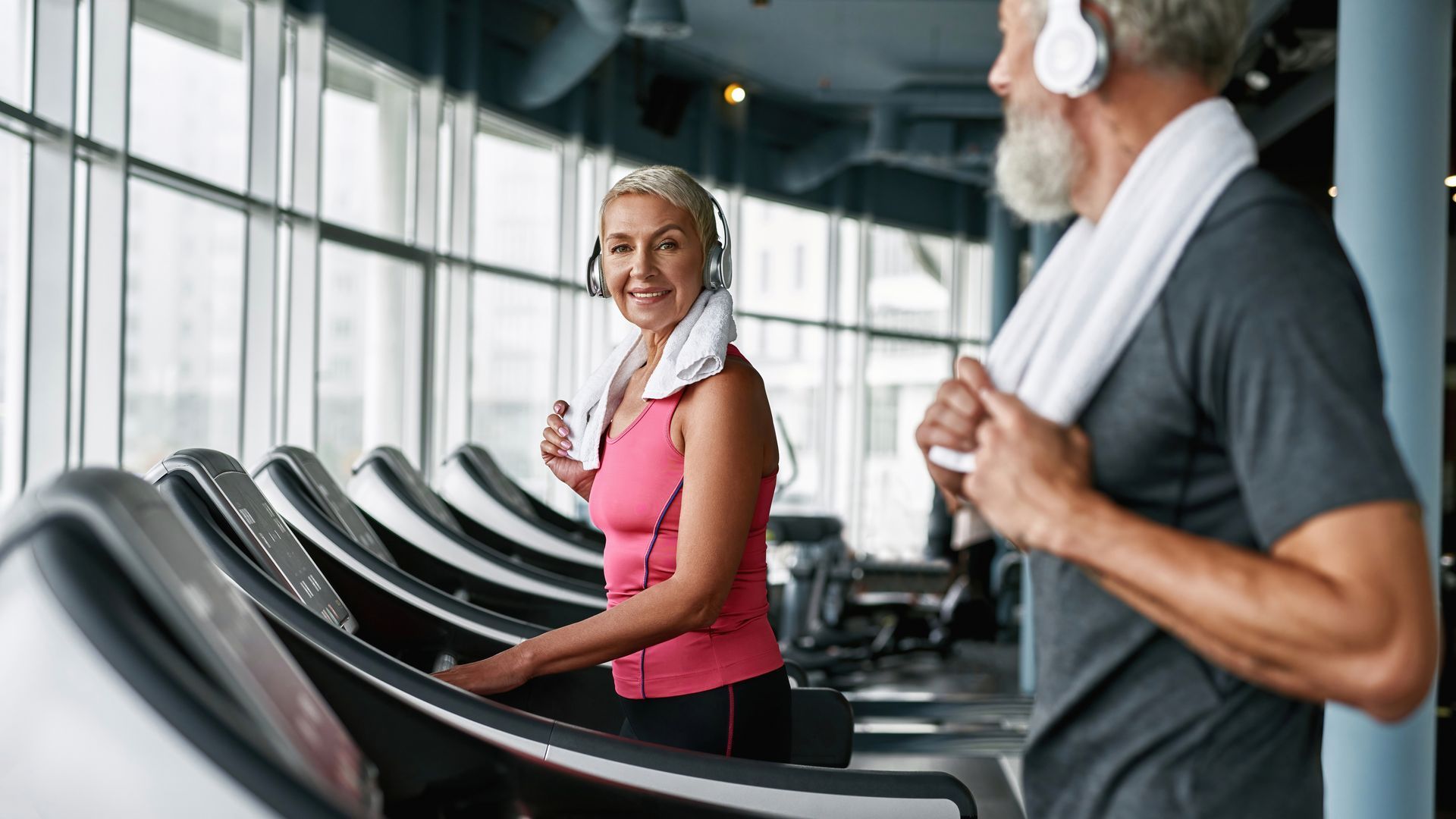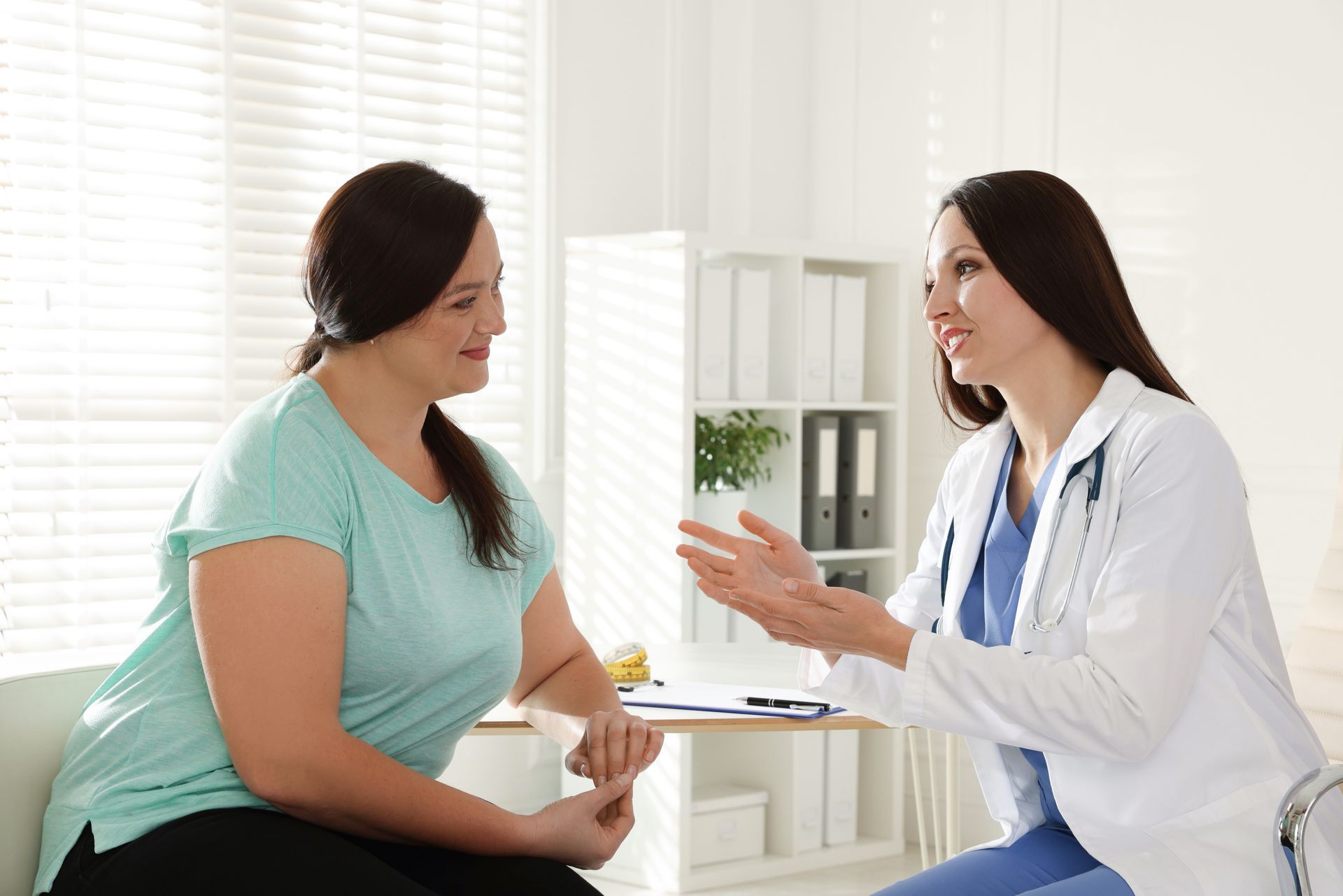Aging Gracefully: Maintaining Healthy Knees

Aging Gracefully: Maintaining Healthy Knees
As we age, it is increasingly common for our knees to cause us problems. Osteoarthritis (thinning cartilage) is the leading cause of knee problems as we age. Here at Rejuvime, we want our patients and followers to know the best ways to keep those knees healthy. Today on the blog, we are discussing 10 simple practices to blend into your lifestyle to help you avoid knee problems and age gracefully.
STRENGTHEN THIGH MUSCLES
Knees are responsible for absorbing one and a half times your body weight. Think about that. This means that your knees are put under a lot of pressure, especially if you do not have strong thigh muscles. Strengthening your thigh muscles can help take some of the pressure of your body weight off of your knees and distribute the weight more evenly. Dr. Richardson from Harvard Health recommends “a body squat, but don’t squat so low you are parallel to the ground because this will put too much stress on the knee.” A mini squat with using only body weight should help improve thigh muscles and take some pressure off of the knee.
STAY AT A HEALTHY WEIGHT
Besides the fact that it is good for your whole body to maintain a healthy weight, knees are under a lot of pressure. The more excess weight that you carry adds pressure to the knees. Doctor Sara Edwards of the Northwestern Memorial Hospital in Chicago says, “women often come in complaining of knee pain, and it turns out it started after gaining just 5 or 10 pounds.” Typically, once the weight is shed the knee symptoms improve. Try to shed excess weight in order to decrease the amount of pressure put on the knees.
AVOID THE STAIRS
Although taking the stairs seems like the healthy thing to do it puts a lot of strain on your knees. If you have had knee problems in the past, or there is a history of osteoarthritis in the family try to avoid taking many flights of stairs. If you must take the stairs, be sure to walk and hold on to the railing for added support.
USE THE SIDEWALK
Try to always use the sidewalk instead of taking the shorter route through the grass or gravel. The rough terrain makes your foot move in obscure ways and causes more strain on the knee. In addition, there is added risk of tripping when you are on uneven terrain.
PARTICIPATE IN AQUATIC EXERCISE
Being in a pool just sounds like a treat on these hot summer days. According to Medical News Today, “high repetitions of low-impact aquatic resistance exercise can improve cartilage health and quality while increasing cardiovascular fitness.” So grab your gal pals and find a water aerobics class near you or get together at your community pool and create your own water exercise!
INCREASE RANGE OF MOTION
It has been proven that people with a better range of motion in their knees suffer fewer problems. Harvard Health suggests putting a pillow under your foot while sitting on the bed or floor, and gently trying to get your knee down. This exercise will increase flexibility and make for a healthier and more resilient knee.
RAISE YOUR SEAT
Whether it is in your cycling class or out cruising on your bike in the neighborhood. Always be sure that your seat is at an appropriate height on your bicycle. The key is to make sure your seat is sitting high enough that your knee is straight while your pedal is at its lowest point. This action serves two purposes: it prevents you from bouncing in your seat, and it ensures that your knee is able to fully extend when pedaling.
USE PROPER FORM
Squats and lunges can be good for your knees, but always make sure you use the proper form. Your knee should not pass your foot when squatting. If you have trouble maintaining proper form, try widening your stance or holding onto a chair.
WEAR PROPER SHOES
Often times we can’t avoid long periods of standing on a hard floor. So to combat this problem, put gel inserts in your shoes. The gel inserts will help you feel comfortable on your feet and take the pressure off of your knees.
SIT WHEN GARDENING
From playing with the grandkids to gardening, many hobbies require us to crouch or squat down. When you are participating in these enjoyable activities try to sit on a low stool or, if you are comfortable, on the ground. When squatting down for long periods of time it puts major strain on your knee cartilage. To avoid missing these wonderful moments just use a low stool so your knees will not be bent in an awkward way.
Resources:
The post Aging Gracefully: Maintaining Healthy Knees first appeared on Rejuvime Medical.
Get in Touch
Questions? Contact us today by phone or book an appointment online.
Questions? Call our office:
(225) 228-3128







